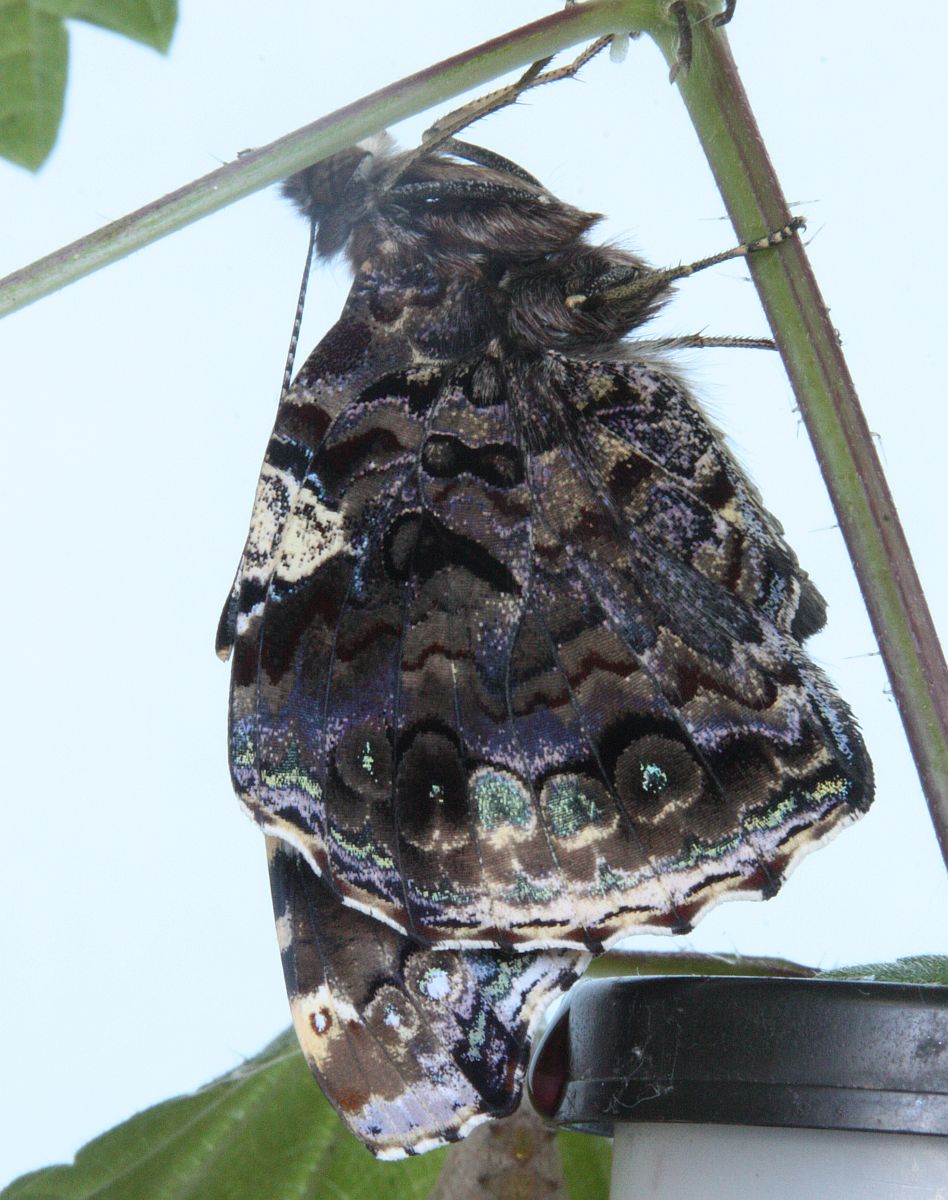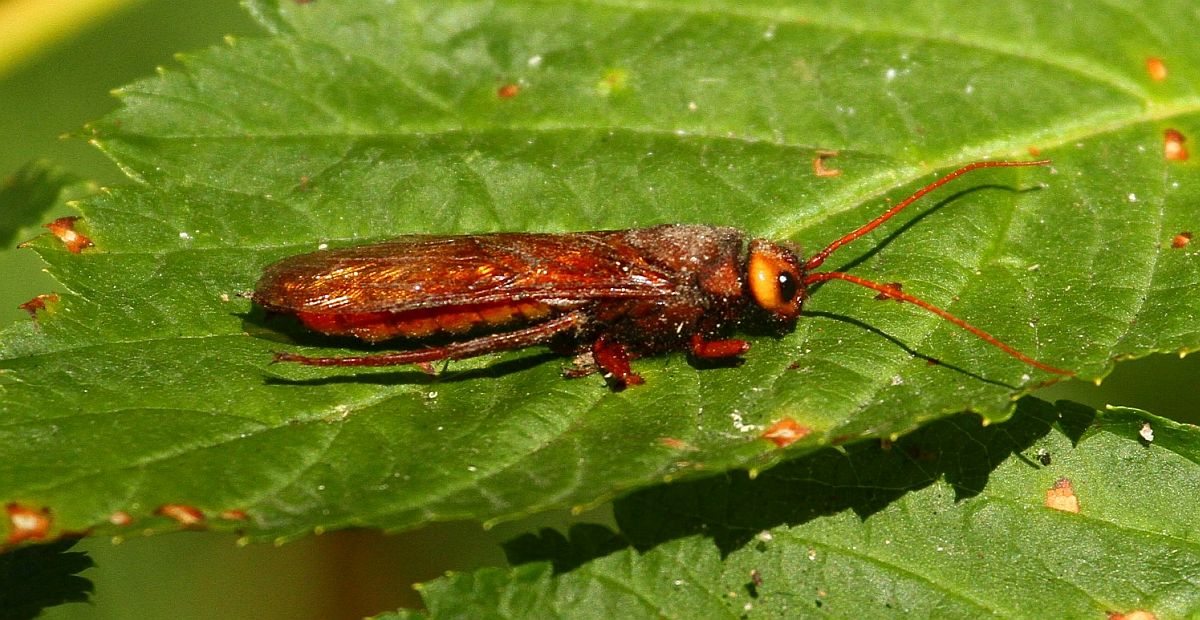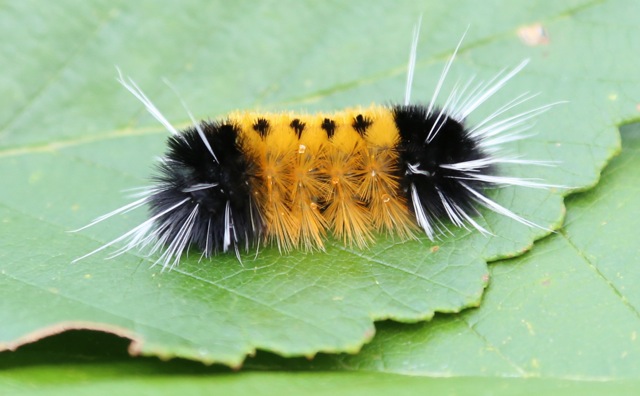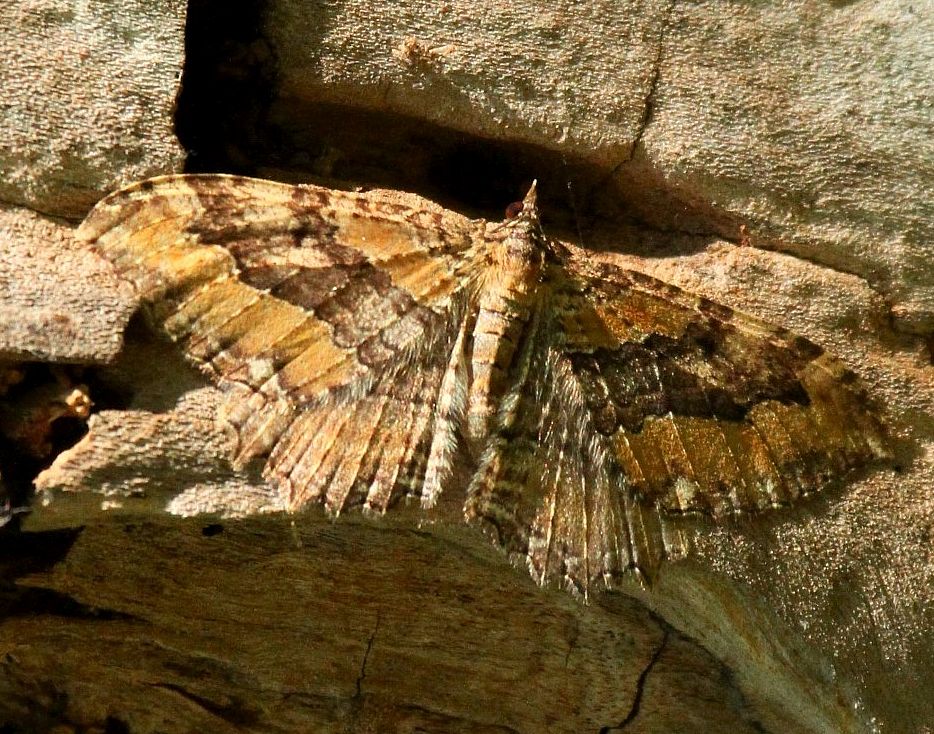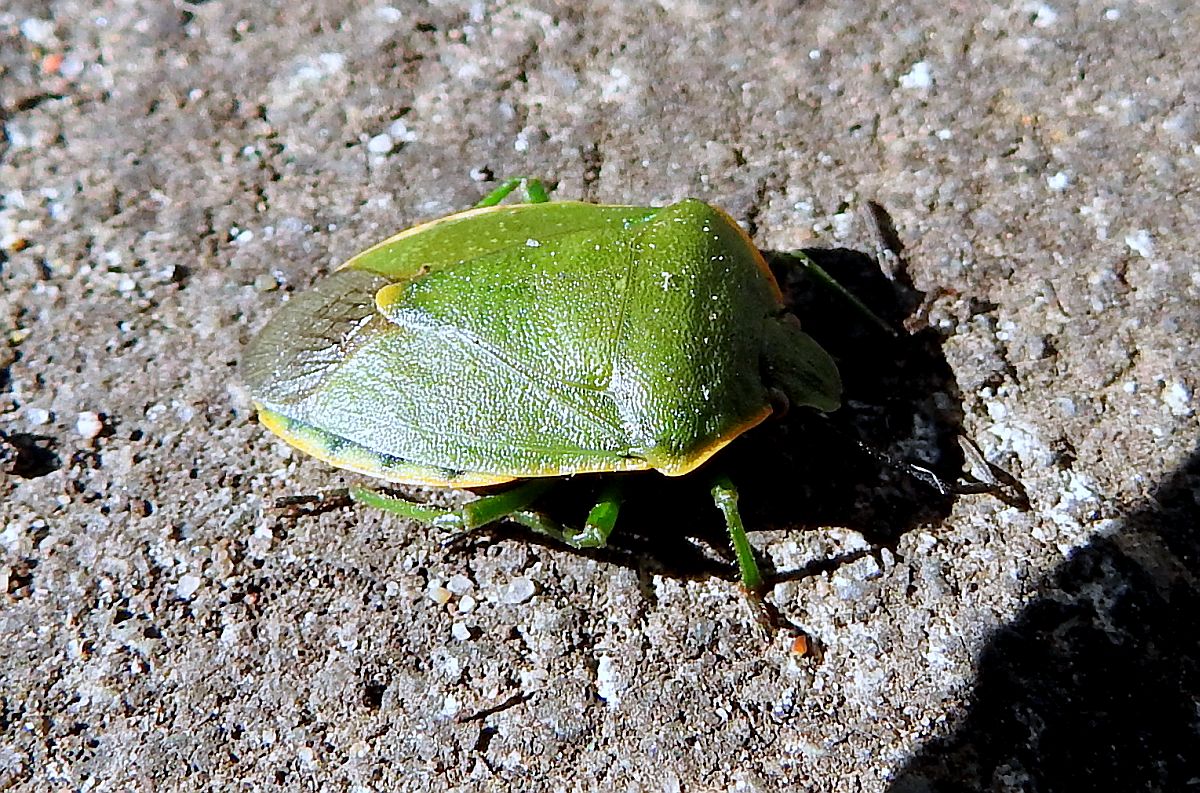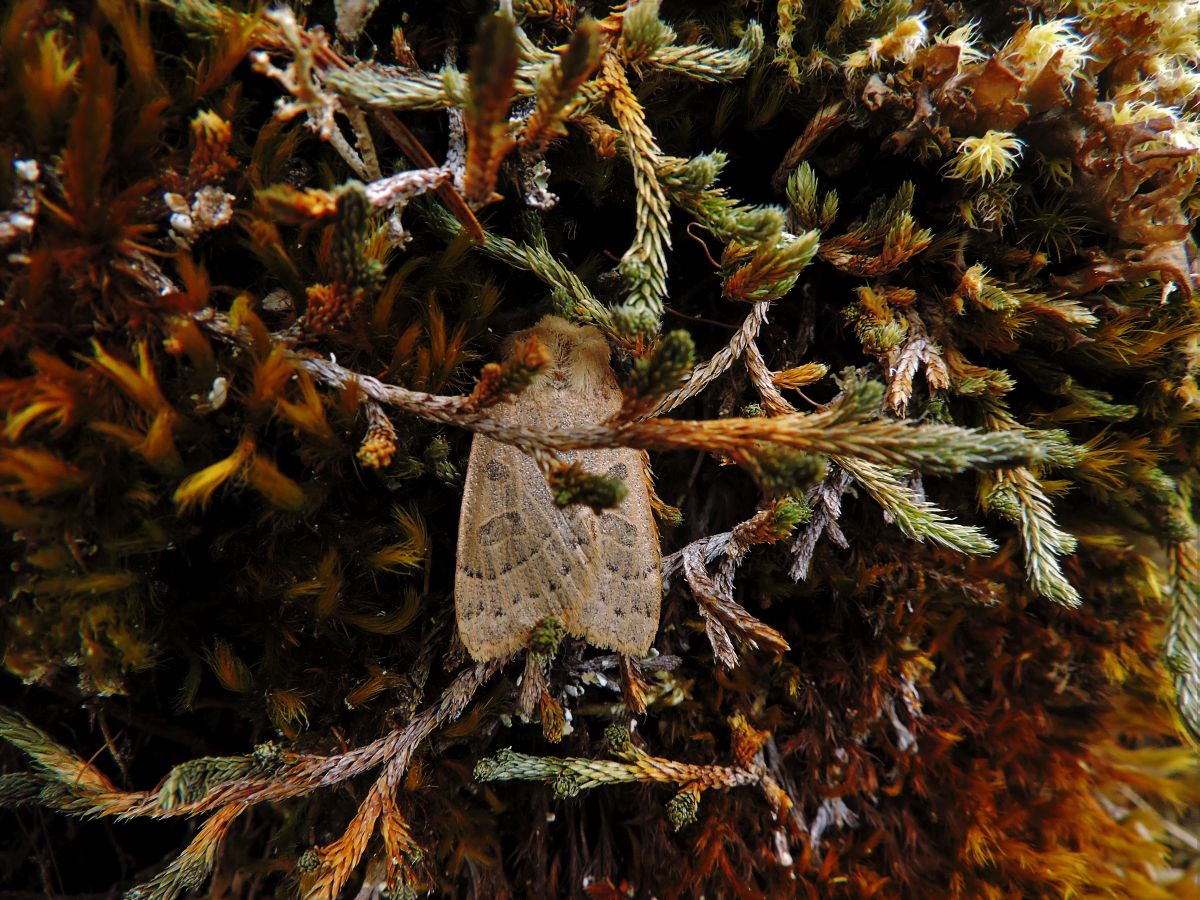2018 September 19 morning
Val George reports an American Lady from Mount Douglas, September 17. The circumstances of the discovery were somewhat reminiscent of the first of last year’s American Lady sightings. Val was doing his Monthly Butterfly Count on Mount Douglas. In addition to 20 Cabbage Whites, Val saw two ladies, one of which was identified with certainty as a Painted Lady. Val photographed the second one under the assumption that it, too, was a Painted Lady, and only later, on examination of the photograph, did he realize that it was an American Lady.

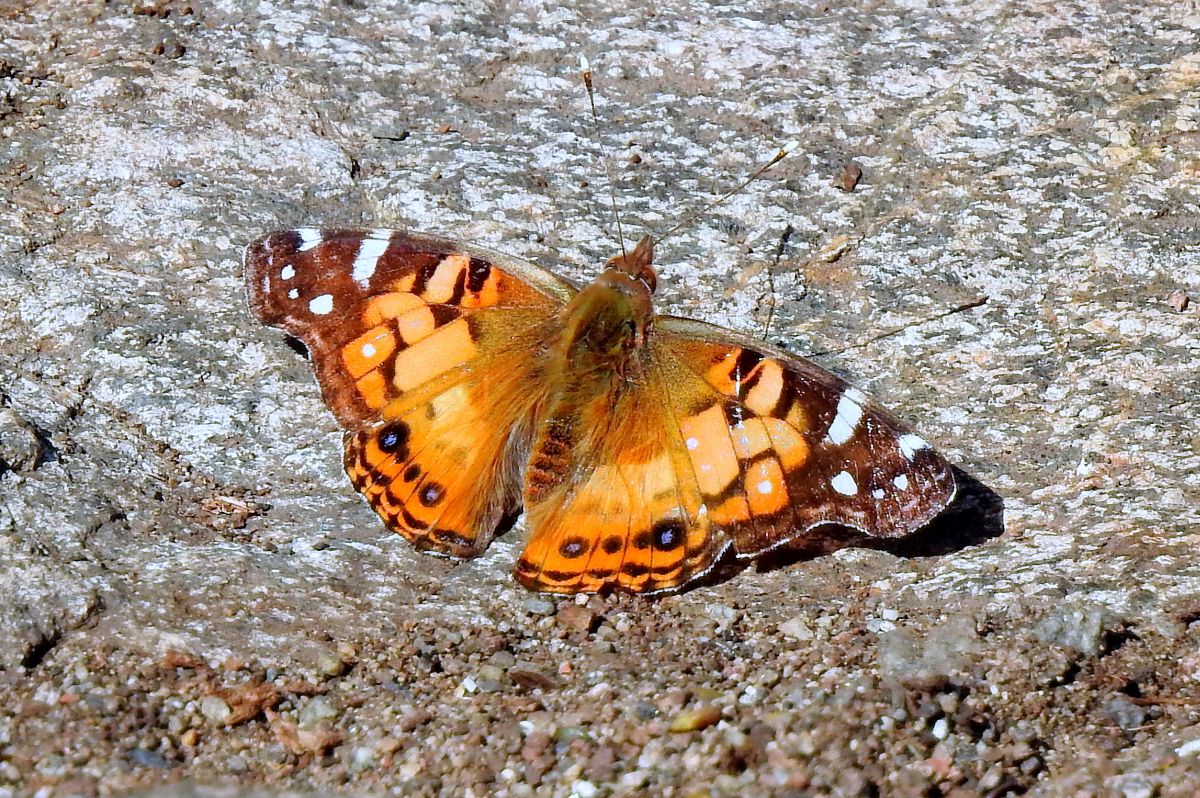
American Lady Vanessa virginiensis (Lep.: Nymphalidae) Val George
Although the American Lady can easily be recognized if you see the underside, it is more tricky from the upperside alone. Jeremy Tatum writes that there are two features that he uses.
1. The big white patch is pointed at the bottom. Rounded or blunt in Painted Lady. (Applies to upperside only.)
2. Below the big white patch there is a little round white spot. (The pointy end of the big white patch is pointing to it.) This is characteristic of the American Lady.
Ron Flower writes: On the17th of September, we went to Panama Flats and saw at least 12 Cabbage Whites and 1 Lorquin’s Admiral.
Nathan Fisk writes that on September 17 he saw a flyby on Sidney Island that he was pretty confident was a Red Admiral. Jeremy Tatum writes that on September 18 he saw a flyby at Panama Flats that he thought – with not much confidence! – was also a Red Admiral. He wasn’t going to mention it until he saw Nathan’s observation.
Jochen Möhr reports that there are still Pine Whites fluttering around the tops of the Douglas Firs in Metchosin.
So – the butterfly season isn’t quite over yet!
There are moths, too, of course, and Jochen Möhr’s haul from last night included
2 Noctua pronuba,
2 Tetracis pallulata
1 Neoalcis californiaria
1 Xanthorhoe defensaria
1 Euxoa (probably difformis)

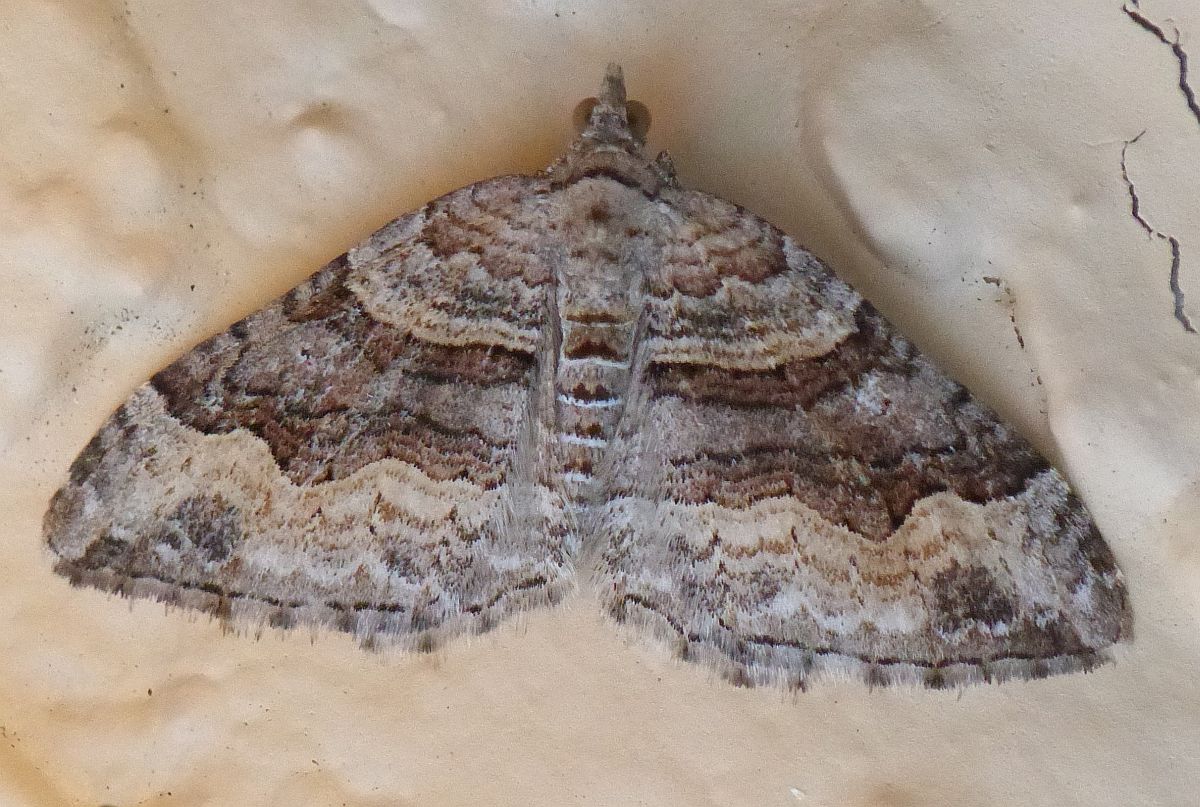
Xanthorhoe defensaria (Lep.: Geometridae) Jochen Möhr

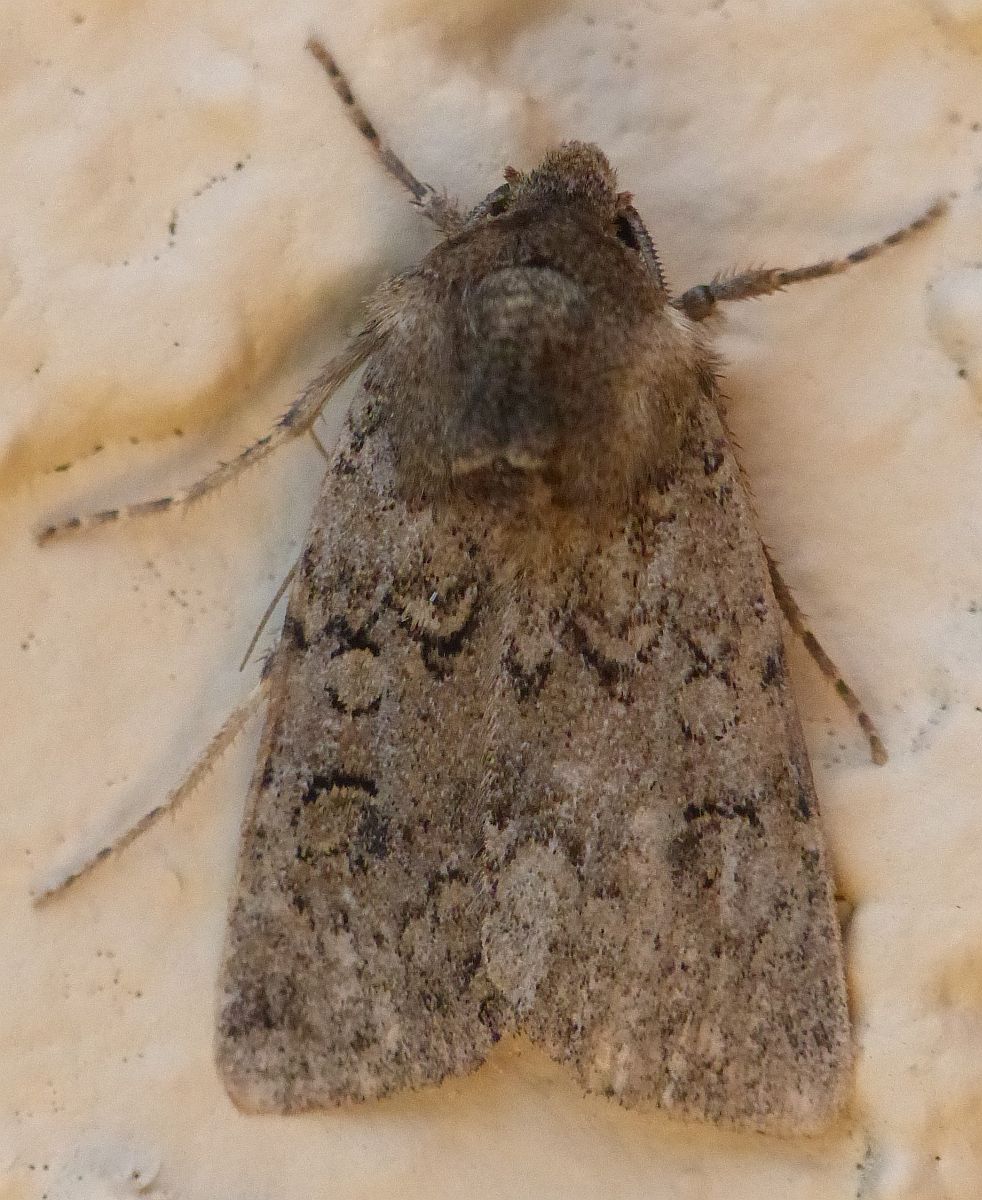
Euxoa (probably difformis) (Lep.: Noctuidae) Jochen Möhr








